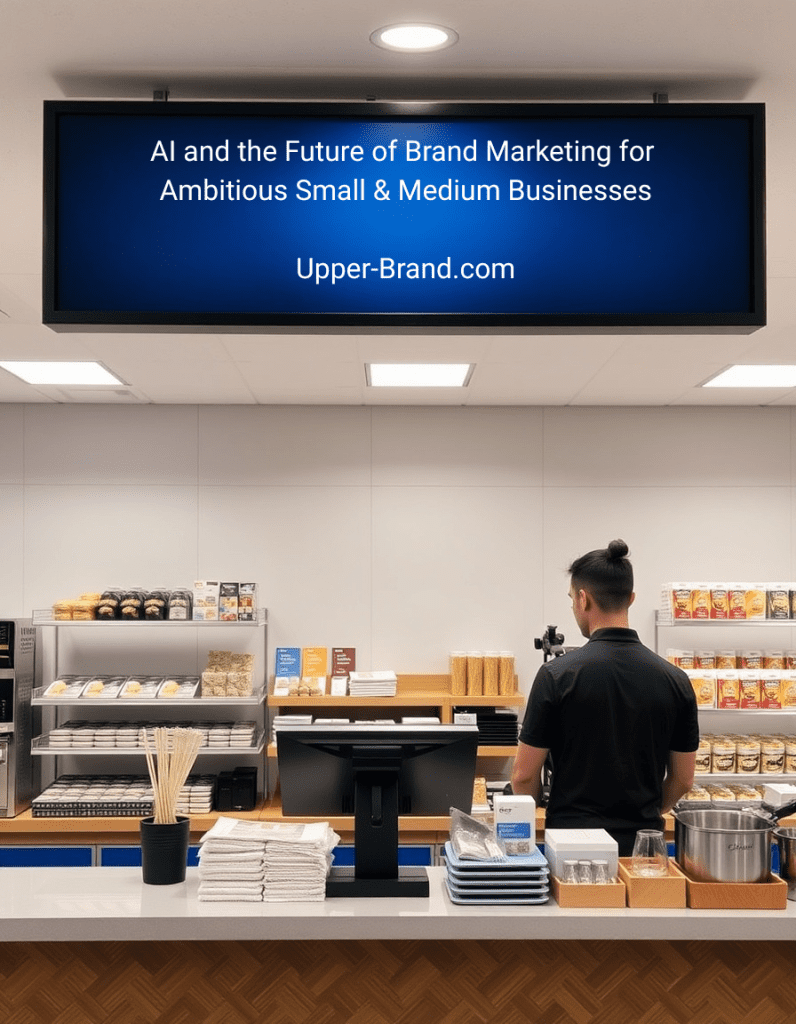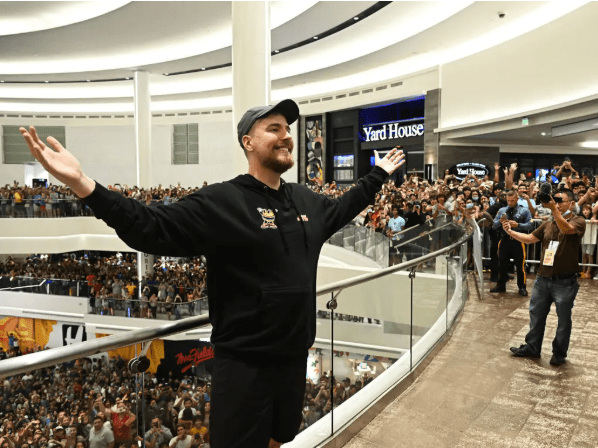Curated Intelligence: AI Elevates Digital Storytelling

Storytelling has always been at the heart of brand engagement. In an age of infinite scrolls and shrinking attention spans, the challenge is no longer just telling a story; it is telling the right story, in the right way, to the right audience. Enter AI driven curation: an elegant, intelligent layer of strategy that is transforming digital storytelling into a more refined, data guided art form.
Across the marketing landscape, artificial intelligence is no longer a back end utility. It is emerging as a creative co-pilot, enhancing narrative cohesion, visual consistency, and personalized engagement. As the tools evolve, so too does our ability to communicate with sophistication, agility, and measurable resonance.
From Automation to Artistry: The AI Pivot
The first generation of AI content tools was about speed. Brands used platforms like Jasper or ChatGPT to churn out blog posts and captions quickly. But the landscape has shifted. The focus is no longer simply on volume; it is on harmony, elegance, and emotional intelligence.
Now, brands are leveraging AI not just to produce content, but to refine it. Tools like Grammarly, Surfer SEO, and Writer.com are enhancing tone and coherence. Others, like Adobe Firefly and Runway, are helping creative teams develop cinematic visuals and compelling assets aligned with brand identity.
This is curated intelligence in action, where machine learning becomes a trusted stylist, not just a production line.
The Emergence of Precision Narratives
At the center of this shift is the idea that storytelling must become more precise. Modern consumers do not want to be sold to; they want to be seen, understood, and inspired. AI enables brands to craft content that reflects not only the product but the values, mood, and lifestyle of their audience.
Consider this: Spotify’s Discover Weekly playlist is a form of AI curated storytelling. It learns your tastes, understands your preferences, and presents you with a narrative in the form of sound. Brands are applying similar intelligence to content, building journeys that are hyper relevant, timely, and emotionally aligned with their target demographic.
The technology is sophisticated, but the result feels intimate. That is the power of well executed AI storytelling.
Visual Identity Redefined by AI
Visual storytelling is evolving in parallel. While stock photography and generic templates once dominated brand visuals, AI design tools are changing the expectations. Adobe Firefly now allows designers to generate unique images based on simple text prompts, ensuring originality and alignment with brand aesthetics.
Meanwhile, platforms like Synthesia can turn a written script into a branded video featuring a realistic avatar. What used to require cameras, talent, and post production now happens in minutes, with outputs that match visual guidelines and brand tone.
This kind of on demand creativity enables brands to scale storytelling with quality, not just quantity. The result is a digital presence that feels cohesive and elevated, regardless of how fast the content wheel spins.
Personalization Without Chaos
The next chapter in storytelling is personalization. Not in the superficial “insert name here” kind of way, but with deep behavioral and contextual understanding. AI enables this at scale. By analyzing user data, engagement patterns, and sentiment signals, platforms can now curate content journeys that feel bespoke.
For example, dynamic email campaigns powered by tools like Iterable or Braze adjust content blocks based on user history and predicted behavior. Website homepages shift layouts and headlines depending on what a visitor has previously clicked. Social ads adapt tone and offer based on regional trends or seasonal interest.
This level of refinement is only possible with AI. And it is exactly what modern audiences expect. The era of static, one size fits all messaging is over.
Strategy, Storytelling, and the Metrics That Matter
Of course, curated storytelling is not only about creativity; it is also about performance. The best digital narratives are those that convert. AI helps here too. Platforms like Clearscope and MarketMuse optimize content structure and keyword strategy, ensuring that even the most artistic assets are discoverable and SEO forward.
Beyond that, real time analytics inform which stories are resonating. AI tools now track not only views and clicks but emotional response, scroll behavior, and dwell time. This data feeds back into the creative process, enabling brands to iterate on what works and abandon what does not.
In short, AI allows content to evolve in near real time, becoming more relevant with each interaction. The result? Higher engagement, stronger brand recall, and deeper audience affinity.
Who Is Leading This New Wave?
Luxury brands, digital first retailers, and ambitious startups are already capitalizing on curated AI storytelling. Gucci’s digital campaigns, for instance, now use AI to test visual arrangements and ad copy before launching globally. Media brands like The New York Times and Vogue leverage AI to personalize headlines and article placement per reader.
But the opportunity is not limited to large enterprises. Even small and medium sized businesses are tapping into this wave. With tools now more accessible than ever, any brand with a story can amplify its impact through smart, stylish automation.
Designing Your Future with Curated Intelligence
To fully harness the power of AI in storytelling, marketing teams need to think beyond tools. It requires a shift in mindset: from reactive publishing to proactive orchestration. From random content drops to narrative arcs. From brand presence to brand poetry.
Here are key elements to embrace:
- Narrative architecture: Think in arcs, not assets. Design sequences that build emotional depth across touchpoints.
- Visual fluency: Use AI generated visuals that reflect your style guide and elevate the aesthetic experience.
- Data informed intuition: Marry metrics with instinct. Let performance data guide, but not override, creative exploration.
- Modular content systems: Create building blocks that AI can assemble, remix, and adapt for different audiences.
- Cross functional alignment: Ensure creatives, strategists, and data analysts are collaborating on the same vision.
Conclusion: A More Beautiful Future
AI does not dilute creativity. It distills it. By handling the repetitive, the mechanical, and the logistical, AI allows marketers to spend more time on what truly matters: story, emotion, resonance.
In a world overwhelmed with content, the brands that rise will not be the loudest. They will be the most refined. The ones that blend data with beauty, precision with poetry.
Curated intelligence is not a shortcut; it is an evolution. And for visionary marketers, it is the future of storytelling already unfolding.










